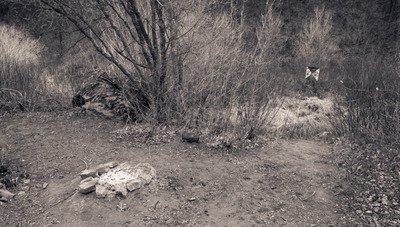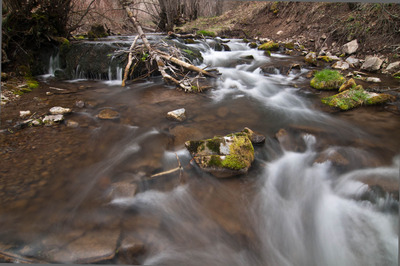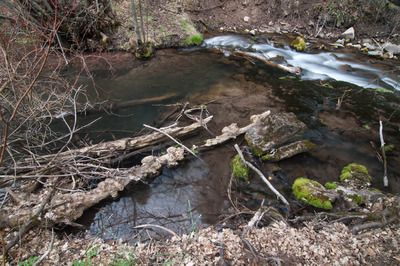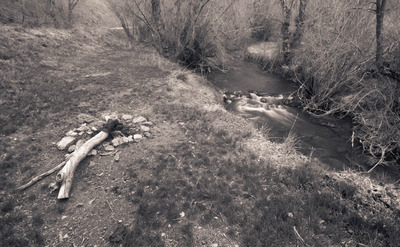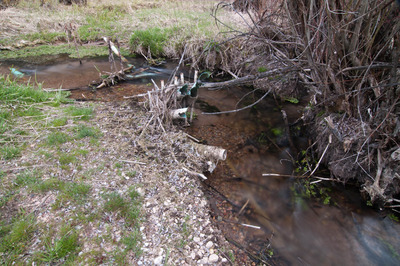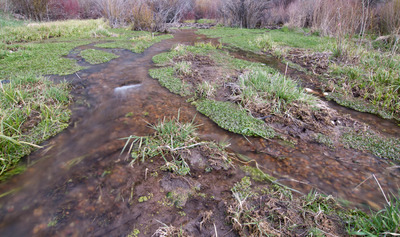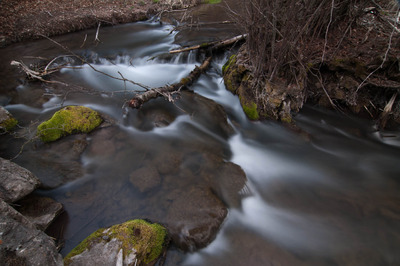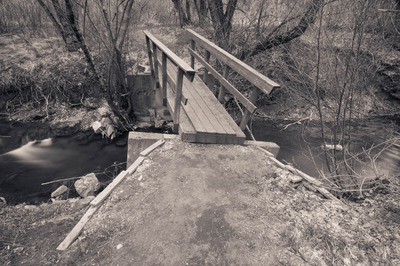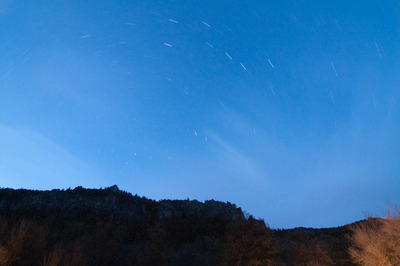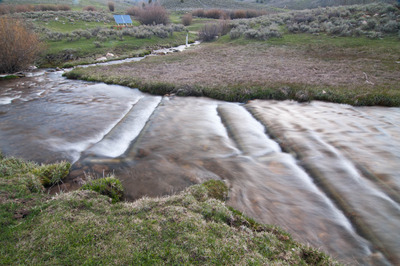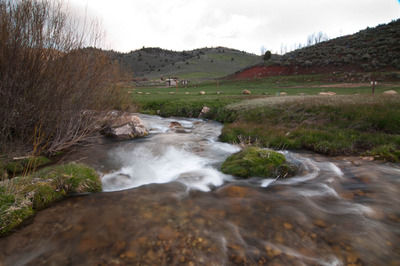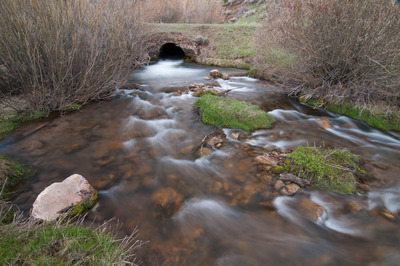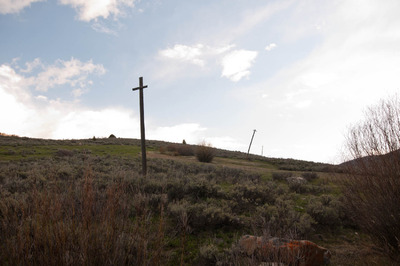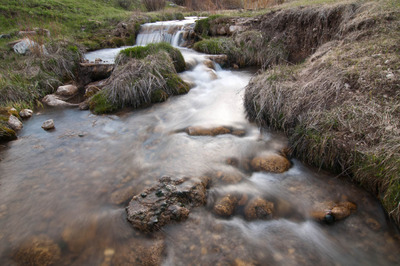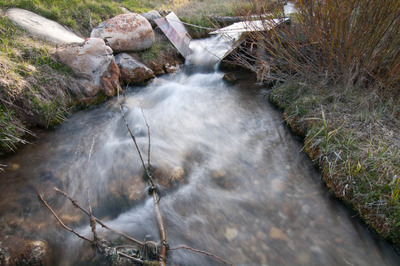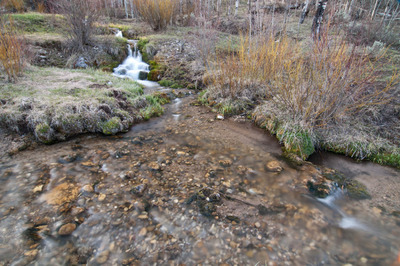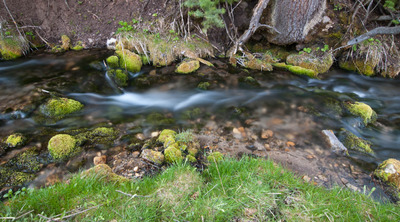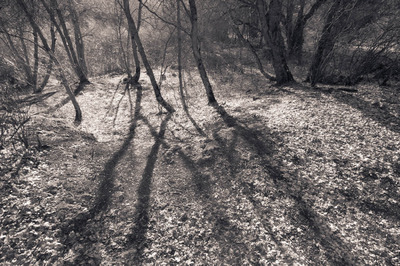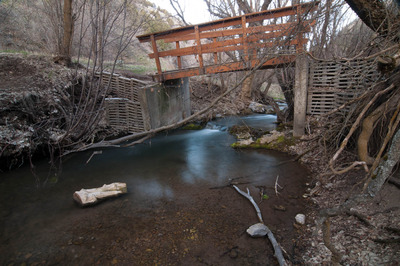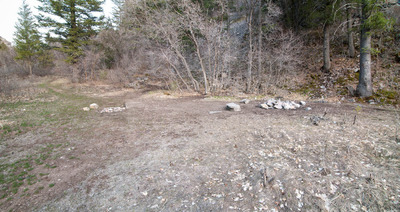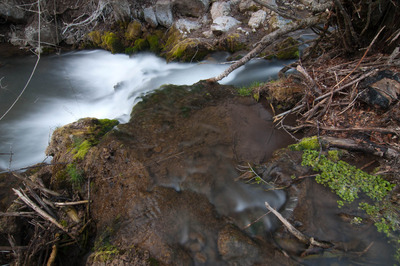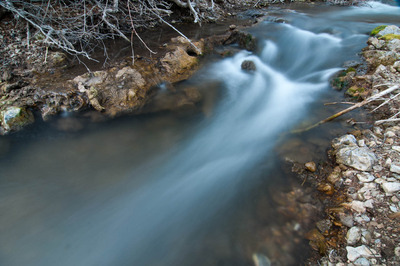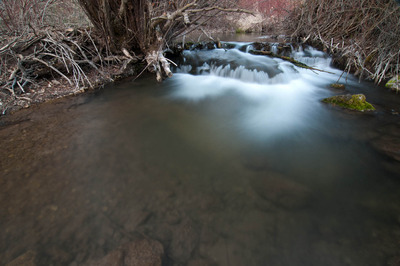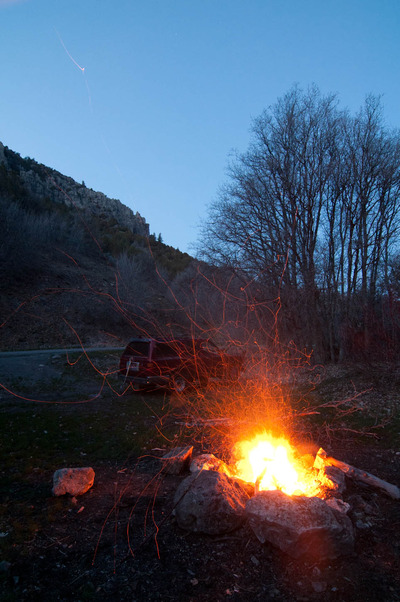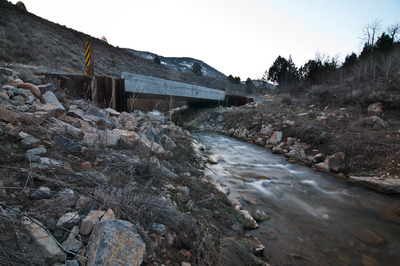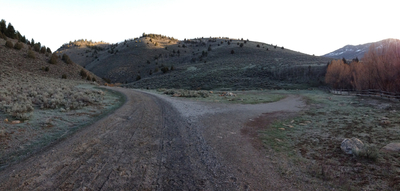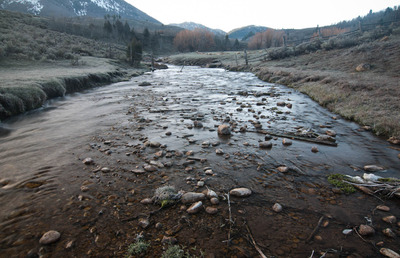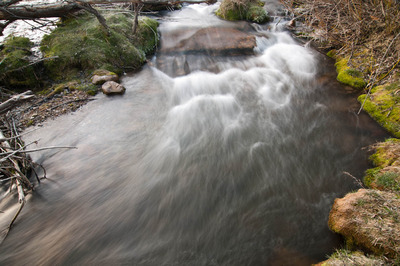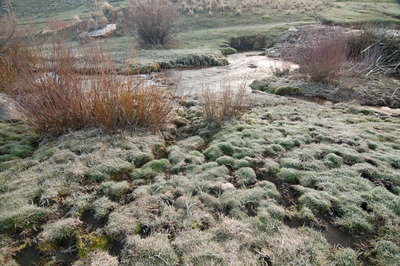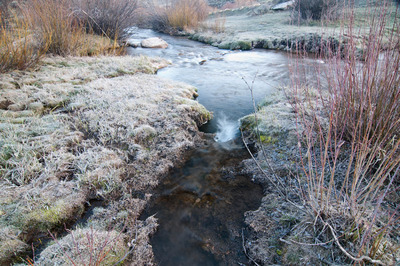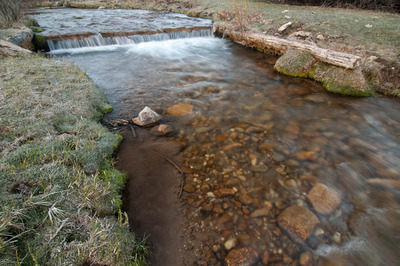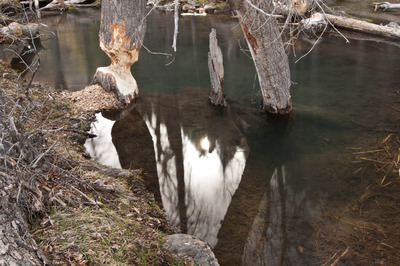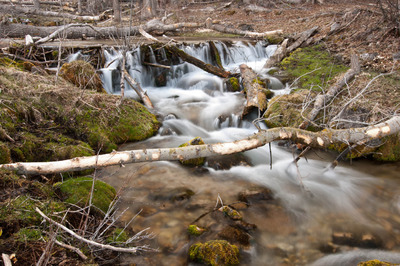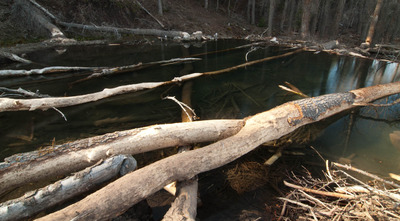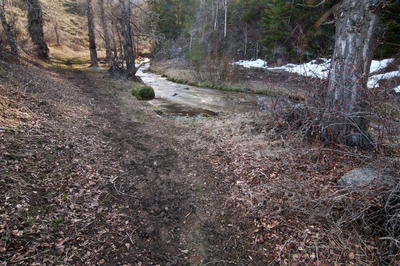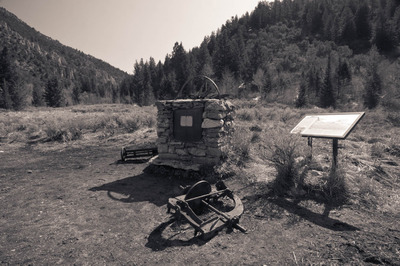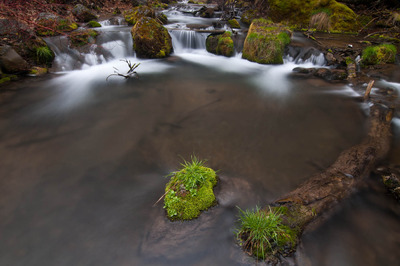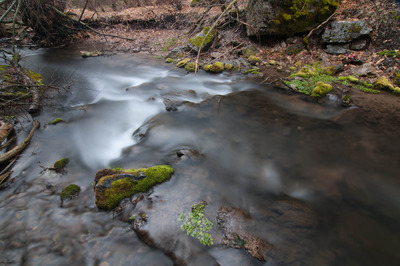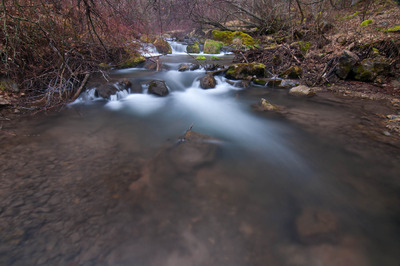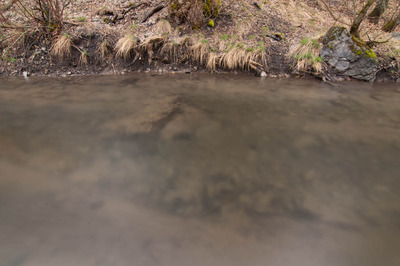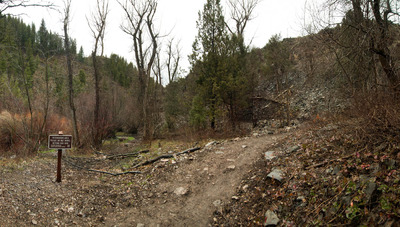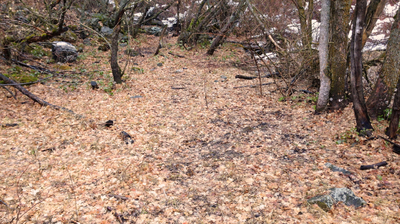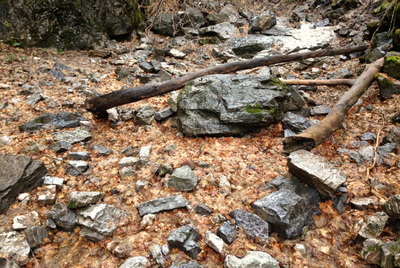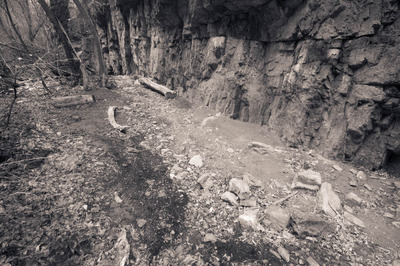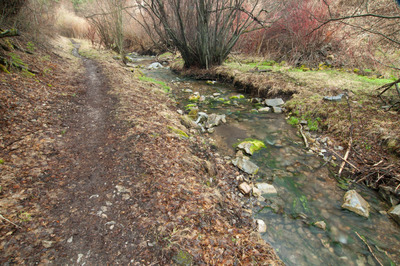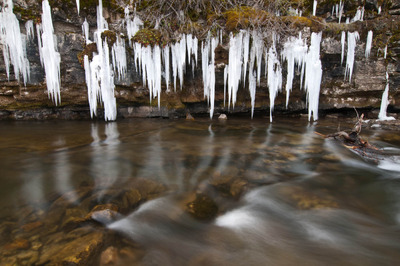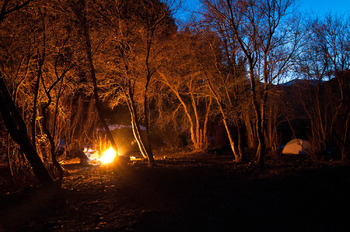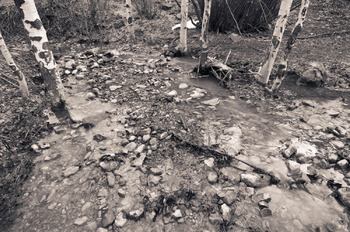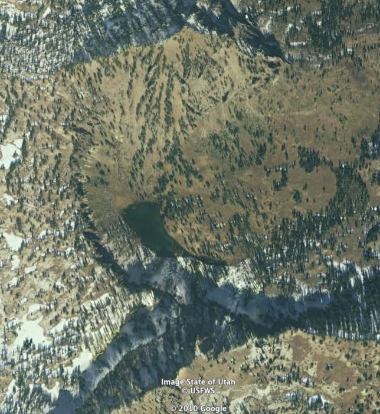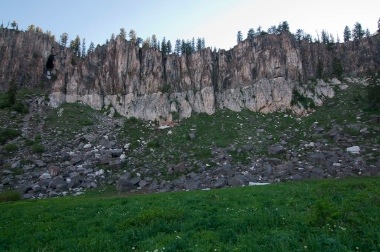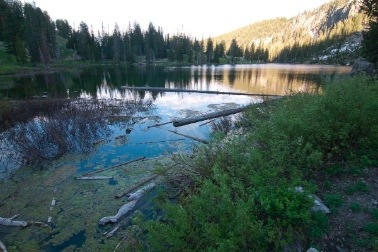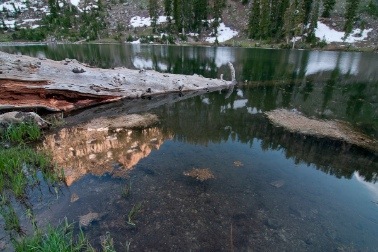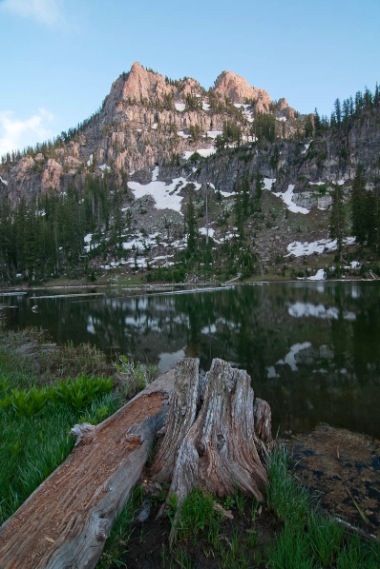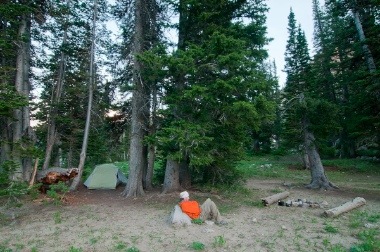I think last night was the last night I'll spend in Right Hand Fork Canyon for a little while. I need to spend some time away from it in a new place. I feel my images there are becoming homogenous. Then again, photographing there under the morning light would help bring some variety to the work. Anyway, here are some images I made last night:
I had decided on hiking up Spawn Creek today, and was on the trail bright and early. Well, it was actually kind of dark, but plenty early. Spawn Creek is a small creek in the Temple Fork watershed. It drains into Temple Fork near the trail head to the Temple Fork Sawmill. And like Temple Fork, there are plenty of beaver ponds along the creek, with schools of Bonneville Cutthroat Trout that spook easily. I'll have to take my rod up there one of these days. It'll be a perfect test of how stealthy a fly fisher I am.
Temple Fork and Spawn Creek, along with the upper Logan River in the Franklin Basin, are spawning habitat for the Bonneville Cutthroat Trout. An old road used to parallel Temple Fork, and overgrazing, and general misuse of the land lead to poor water quality in the Temple Fork watershed. In 1999, the old road was removed, along with stream-side campsites, and the area was rehabilitated. Better grazing management practices were adopted. All this has served to greatly improve the health of Temple Fork and Spawn Creek, thus improving also, the health of the Logan River.
At the confluence of the Temple Fork and the Logan, there are two rectangular frames made of 4" diameter steel pipe, and a mesh fence. Since there are efforts to rehabilitate the native cutthroat trout in Right Hand Fork and Temple Fork, I assume, since there are no natural barriers, that these act as the barrier to the brown trout in the Logan River, preventing them from creeping up Temple Fork. I need to talk to the rangers at the Ranger Station and get some better info than just assumptions.
Three of the steel rectangles are placed above the confluence of Spawn Creek and Temple Fork. I assume these are there to direct the cutthroats up Spawn Creek, though I don't know why whatever conservation group would want to block Temple Fork. Again, I need to do some investigating.
I've always loved the scenery along the highway through Logan Canyon, but there is so much more to see in the Bear River Range and in order to see it, you have to get out of your car and walk, and only those willing to do so are blessed with the rewards of even more beautiful scenery, sounds and smells. I just can't wait for the trees and shrubs to regrow their leaves and the flowers to bloom. Rest assured, I'll be there with my camera when they do.

